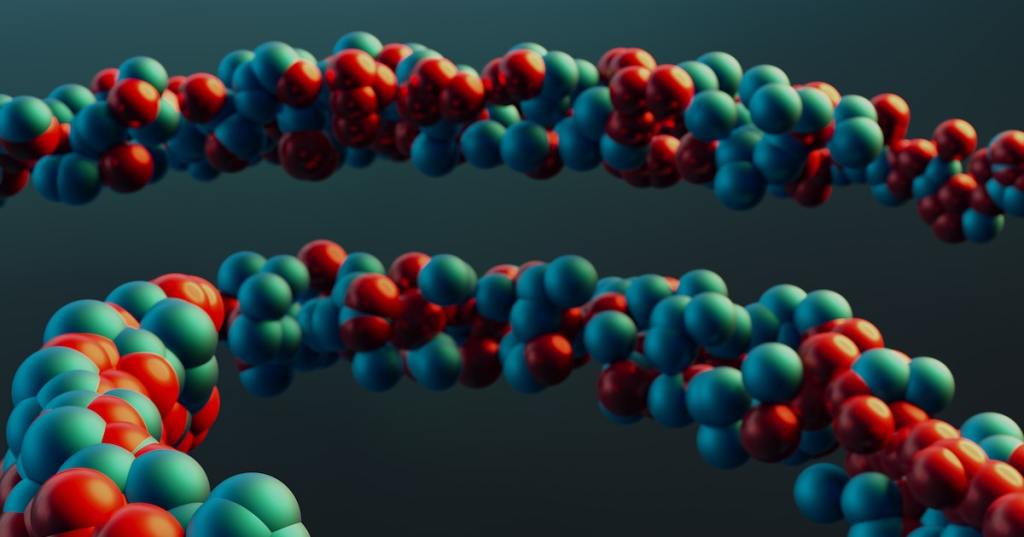Researchers in Barcelona have created a new quantum simulation by using Bose-Einstein condensates (also known as the fifth state of matter) to create a gauge theory – the mathematical model that underpins the interaction between particles – for the first time.
According to Nature this new simulation is especially significant because of the important role gauge theories play in modern physics. Other gauge theories include electromagnetism, relativity, and the unification of the non-gravitational fundamental forces.
Photo Source: Pexels
The gauge theory simulated by the Barcelona group is chiral BF and it involves the behavior of electrons moving in one dimension, restricted to a single edge of a material. The team further experimented with the electron behavior using potassium, chosen because it has two isotopes, and each would behave differently.
A cloud of potassium was cooled to a billionth of a degree above absolute zero and trapped in a single line using lasers. Using laser light, the potassium isotopes combined into a single state, and the cloud exhibited unusual behavior. When pushed to the left, it expanded like normal. But when it was pushed to the right, the potassium isotope interactions became attractive, and the cloud retained its shape.
With the help of theoretical physicist Alessio Celi, the group was able to connect the data of the chiral BF gauge to the experimental results, understand the model behind the electron behavior and establish parameters that perfectly simulate the gauge theory.
In the future, the Barcelona team plans to study the same behaviors in other gauge theories, including the Chern-Simons gauge theory, which involves future quantum computers.
